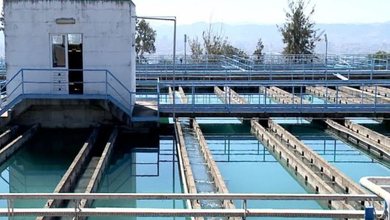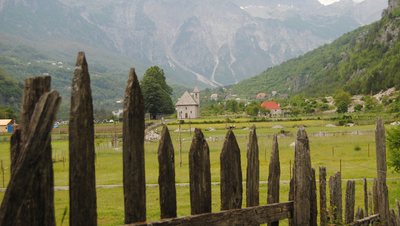
In Tirana, 1 cup of ice cream near the center costs 100, 120 to 150 lekë, where premium ice cream is sold, while in suburban areas, prices range from 70 to 80 lekë.
Urban producers claim that despite the high cost of production, prices for this tourist season have remained unchanged.
Gazmend Hakiki, one of the founders of the well-known ice cream brand "Mango", predicts that with the increase in tourism, within 5 or 10 years, the price of an ice cream in Albania will reach up to 4 euros, the amount currently sold in Croatia.
According to him, the development of tourism is inevitable, but it must be accompanied by internal reforms to cope with rising costs, without compromising quality or affordability for the consumer.
Demand and consumer behavior for ice cream
"La Nocciola" is a pastry chain operating in Tirana since 2016, specializing in the production and sale of artisanal ice cream, prepared without coloring and with natural ingredients, especially various fruits.
The company currently has 5 points of sale, in the main central areas of the capital.
It is also one of the pioneers in providing home ice cream delivery services, a service that became highly sought after during the Covid-19 pandemic.
According to founder Ferdinand Bregu, demand for ice cream has increased significantly compared to previous years.
The main consumer is the Albanian family, which consumes ice cream during walks in the city.
Tourists have limited impact on sales, as most are low-budget tourists who do not spend on premium products like artisanal ice cream.
During the Covid-19 pandemic, "La Nocciola" quickly adapted to market demands, offering home delivery service.
This service was a great success during quarantine, but currently consumers choose to consume ice cream outdoors, as part of walks or activities in the city.
New Zealand leads the world in ice cream consumption
Ice cream has become an integral part of daily consumption in many countries around the world, especially with the spread of refrigerators and cold storage technology.
Consumption is measured in liters per capita, and the data shows a clear divide between countries with mild climates and those with a consolidated cold dessert culture.
In the world, according to data from the World Population Review, the largest consumers of ice cream are in New Zealand. In this country, per capita consumption of ice cream for 2025 reached 28.4 liters per capita. The most popular flavors are vanilla and “hokey pokey” (ice cream with candy pieces).
In second place is the United States of America. In the United States, the average consumption of ice cream is about 20.8 liters per year per person, which corresponds to more than 5 gallons of ice cream for every American per year (1 gallon is approximately 3.785 liters, so 5 gallons is about 18.9 liters).
To meet this demand, the American industry produces over 870 million gallons of ice cream per year, which translates to about 3.29 billion liters.
In the world ranking, Australia is in third place with a consumption of 18 liters per capita. According to the World Population Review in Australia, consumption increases significantly during the summer, with high demand for fruit-flavored ice cream.
Followed by Finland with a consumption of 14.3 liters per capita; Sweden with 12 liters per capita, Canada with a consumption of 10.6 liters per capita; Denmark with 9.8 liters per capita; Ireland with 8.4 liters per capita; Italy with 8 liters per capita and the United Kingdom, with 7 liters per capita./ MONITOR






















